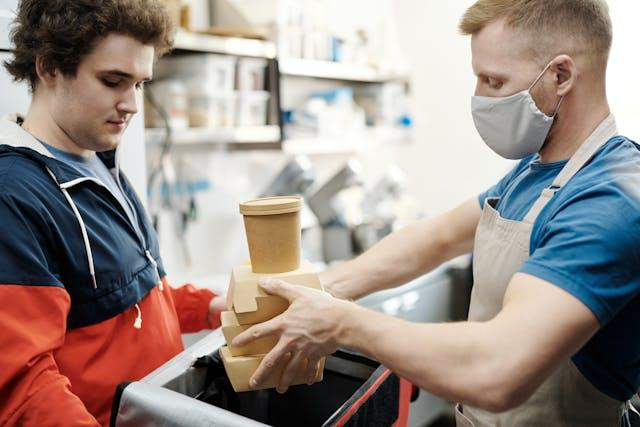In our modern era, food packaging technology plays a crucial role in maintaining the safety and quality of the products we consume. Beyond simply containing and preserving food, packaging serves as a barrier against contamination, extends shelf life, and provides valuable information to consumers. However, the relationship between food packaging technology and health goes far beyond these basic functions. It encompasses a spectrum of considerations, from material safety to environmental impact and nutritional preservation.
Material Safety: The Foundation of Food Packaging
One of the foremost concerns in food packaging technology is the safety of the materials used. Packaging materials must not leach harmful chemicals into the food they contain, which could pose risks to consumer health. Consequently, stringent regulations govern the use of materials in contact with food, ensuring they meet strict safety standards. Materials such as plastics, metals, glass, and paper undergo rigorous testing to guarantee they do not compromise food safety.
Innovations in Packaging Design
Advancements in packaging design have led to the development of materials that not only safeguard food but also offer additional benefits. For instance, active packaging technologies incorporate substances that actively interact with the food or its environment to extend shelf life or enhance freshness. Oxygen scavengers, moisture absorbers, and antimicrobial agents are examples of active packaging components that help maintain food quality and safety.
Sustainability in Packaging
While ensuring food safety remains paramount, there is a growing emphasis on sustainability in packaging technology. Consumers are increasingly concerned about the environmental impact of packaging waste, leading to a shift towards eco-friendly alternatives. Biodegradable materials, recyclable packaging, and innovative designs aimed at reducing material usage are some of the strategies employed to address sustainability concerns in food packaging.
Preserving Nutritional Value
Beyond safeguarding against contamination and extending shelf life, food packaging technology also plays a role in preserving the nutritional value of food. Packaging solutions that minimize exposure to light, oxygen, and moisture help prevent nutrient degradation, ensuring that consumers receive the full nutritional benefits of the products they purchase. Additionally, packaging that facilitates portion control and proper serving sizes can promote healthier eating habits.
Information and Transparency
Food packaging serves as a communication tool, providing consumers with essential information about the products they purchase. Nutritional labeling, ingredient lists, and allergen warnings enable consumers to make informed choices based on their dietary needs and preferences. Moreover, packaging technology such as QR codes and smart labels allows for deeper engagement, providing access to additional information such as sourcing practices, production methods, and sustainability initiatives.
Challenges and Future Outlook
While food packaging technology has made significant strides in enhancing food safety and consumer convenience, challenges persist. Issues such as overpackaging, plastic pollution, and the need for improved recycling infrastructure continue to demand attention. However, ongoing research and innovation hold promise for addressing these challenges. Future advancements may include the widespread adoption of biodegradable materials, the integration of intelligent packaging systems, and the development of sustainable packaging solutions that prioritize both health and environmental stewardship.
Conclusion
Food packaging technology plays a vital role in safeguarding consumer health and wellness. By ensuring the safety of materials, incorporating innovative designs, promoting sustainability, preserving nutritional value, and providing transparent information, packaging contributes to a healthier and more informed society. As technology continues to evolve and consumer preferences shift, the future of food packaging lies in balancing functionality, safety, sustainability, and consumer satisfaction.


